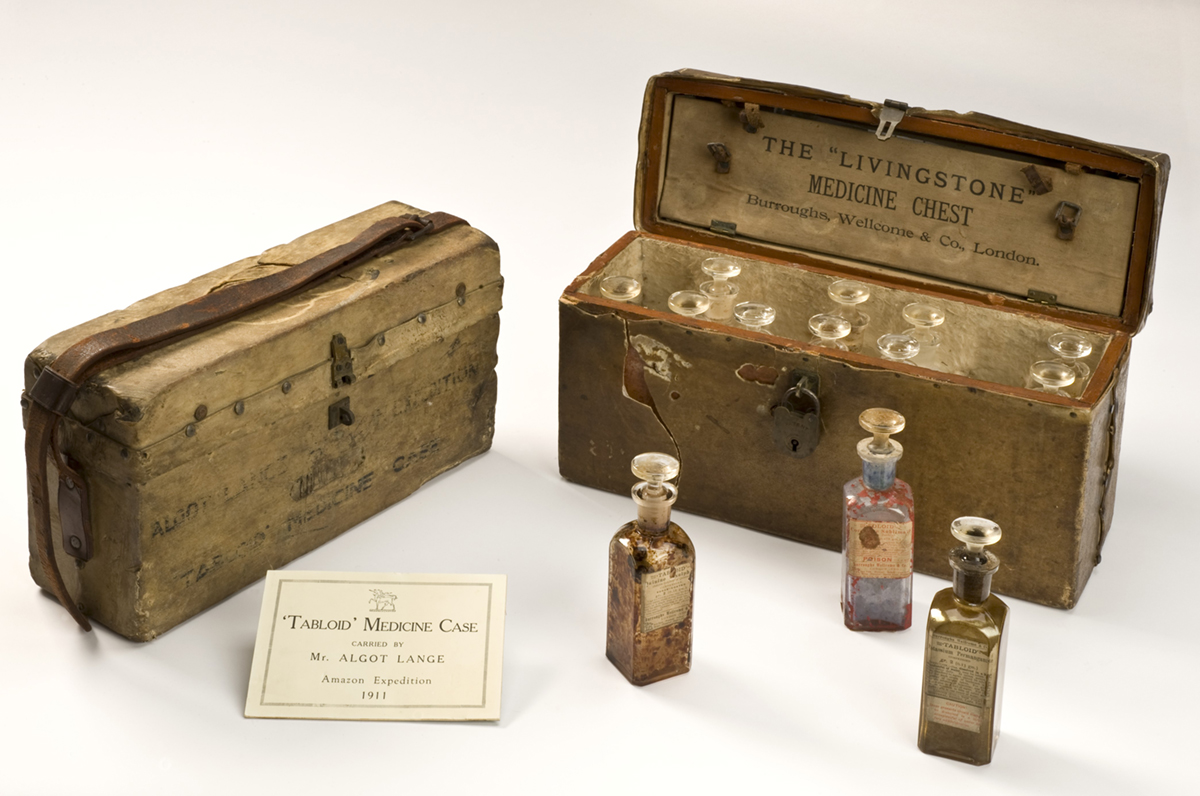
Definition and history: What is quinine?
The Quechua Indians of Peru and Bolivia discovered the Cinchona tree; these peoples were aware of the medicinal properties of quinine. Quinine found its way to Europe with the Jesuits who had visited these regions where the tree is native. Ever since the 1600s, quinine has served as an effective treatment for malaria. In the Peruvian forest, quinine extract was used by the Indians of Peru to treat fever and high temperatures as well. Europeans started to use quinine in the early 17th century.
Cinchona trees served as a very practical source of quinine. During II World War, feeling the pressure of so many deaths, scientific research was conducted with the aim of discovering whether the synthetic production of quinine was a viable option. Concrete results were reached in 1944, when a chemical synthesis was discovered by American doctors R.B. Woodward and W.E. Doering. And ever since then, more of it was discovered. None of the discoveries were economically practical, because the isolation of the alkaloid from natural sources needed more money.
The first trial of synthesized quinine was done by William Henry Perkin in 1856. However, quinine was an official and effective medicine against malaria until 1940, when medical researchers discovered a new medicine to treat malaria.
What Is the Use of Quinine Today?
Quinine has a few different medicinal properties such as anti-fever, anti-arrhythmic, analgesic and anti-inflammatory properties. But one needs to be careful when it comes to usage of the quinine. It is very important to follow instructions from a medical professional or doctor. The instructions for quinine usage need to be followed accurately and entirely.
Even if using quinine carries a certain risk, quinine is a fantastic medication for malaria and some other medical conditions.
Today, quinine can be found in the United States at pharmacies, only with prescription. It can also be found in smaller amounts in regular tonic water. In the present time, quinine is used to treat arthritis and lupus in the form of hydroxychloroquine.
Quinine is an effective muscle relaxant and can be mixed with medicine for a cramps treatment of muscle injuries. It has properties to reduce the symptoms of arthritis. And quinine was proven to be an symptomatic treatment for arthritis; it managed to return an immobile hand into a movable state. And in nowadays, it is known that quinine is pretty effective for treating lupus.
What Are the Side Effects of Quinine?
Quinine can, when injected intravenously, be very toxic and can possibly trigger chinchonism, a condition that leads to symptoms such as skin flushing, ringing ears, nausea, headache, rashes, vertigo, and diarrhea. It can even lead to death in severe cases, as extremely high doses are toxic to the heart. Another thing you should be aware of is that quinine injected to muscles may even cause paralysis that can last permanently.
There are also other side effects such as erectile hypertension, constipation, dysfunction, diarrhea, too fast heartbeat, fever, etc. All this needs to be considered, before taking the medicine — only use quinine as a medicine when it is prescribed to you.
Despite the healthful effects of quinine, readers should also know that drinking large quantities of tonic water cannot be seen as a healthy choice — this drink will contain a lot of sugar, as well.

















Your thoughts on this
Loading...